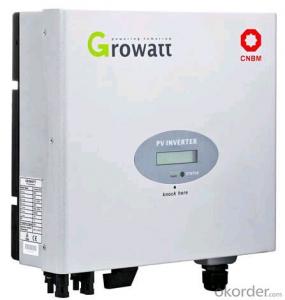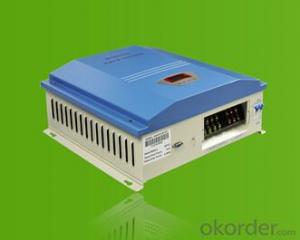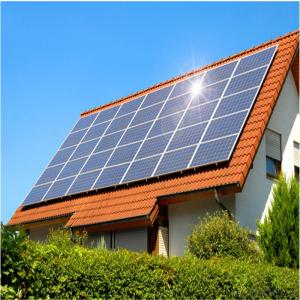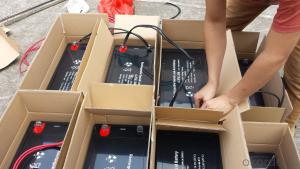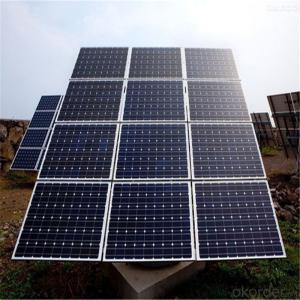1kw Solar Hybrid Inverter
1kw Solar Hybrid Inverter Related Searches
Home Power Inverter For Solar Solar Power Inverter For House Inverter For Solar Power Plant Inverter For Off Grid Solar High Power Solar Inverter Cost Of Solar Power Inverter Solar Power Inverter System Power Inverter Solar Panel Best Off-Grid Solar Inverter Best Off Grid Solar InverterHot Searches
Solar With Inverter Price Solar Inverter With 2 Battery Solar Inverter With Ac Outlet China Hybrid Solar Inverter Solar Inverter Hybrid Price Hybrid Solar Inverter Price Solar Inverter 1kw Price 1kw Solar Inverter Price Solar Inverter Hybrid 10kw Solar Inverter Hybrid Tesla Hybrid Solar Inverter Type Of Inverter For Solar Types Of Inverter For Solar Used Solar Inverter For Sale Inverter Size For Solar System Solar Edge Inverter For Sale 5kw Solar Inverter For Sale Solar Inverter For Sale Solar Inverter For Battery Solar Inverter For Split Ac1kw Solar Hybrid Inverter Supplier & Manufacturer from China
Okorder.com is a professional 1kw Solar Hybrid Inverter supplier & manufacturer, offers integrated one-stop services including real-time quoting and online cargo tracking. We are funded by CNBM Group, a Fortune 500 enterprise and the largest 1kw Solar Hybrid Inverter firm in China.Hot Products
FAQ
- Yes, a solar inverter can be used with different types of tracking algorithms. The primary function of a solar inverter is to convert the direct current (DC) generated by solar panels into alternating current (AC) that can be used in homes or businesses. Tracking algorithms, on the other hand, are responsible for optimizing the performance of solar panels by adjusting their orientation and tilt angles to maximize sunlight exposure. Solar inverters can integrate with various tracking algorithms to ensure efficient operation and improve energy generation.
- A solar inverter handles sudden changes in solar irradiation by continuously monitoring the incoming solar energy and adjusting its output accordingly. When there is a sudden increase in solar irradiation, the inverter quickly ramps up its power conversion to match the higher energy input. Similarly, when there is a sudden decrease in solar irradiation, the inverter reduces its power conversion to align with the lower energy input. This dynamic response ensures that the inverter efficiently converts the available solar energy into usable electricity, maintaining a stable power output despite fluctuations in solar irradiation.
- Voltage regulation is crucial for the optimal performance of a solar inverter. It ensures that the output voltage of the inverter remains within a specific range, typically the utility grid's voltage standards. Proper voltage regulation prevents overloading or underloading of the electrical devices connected to the inverter, safeguarding them from potential damage. Additionally, maintaining a stable output voltage enhances the efficiency and reliability of the solar inverter, allowing it to deliver consistent power to the connected load and maximize the overall system performance.
- Yes, a solar inverter can be used with different brands of solar panels as long as they have compatible specifications and electrical characteristics. However, it is recommended to consult the inverter manufacturer's guidelines or seek professional advice to ensure compatibility and optimal performance.
- Yes, a solar inverter can be used in a mobile or portable solar system. In fact, it is a crucial component that converts the direct current (DC) generated by the solar panels into alternating current (AC) that can be used to power various devices and appliances. Portable solar systems often include a built-in inverter, allowing them to provide convenient and clean energy on the go.
- Overcharging a battery connected to a solar inverter can lead to several potential risks. One of the primary risks is a reduced lifespan of the battery. Overcharging can cause excessive heat and stress on the battery, leading to a shorter overall lifespan and reduced capacity over time. Another risk is the potential for thermal runaway or battery failure. Overcharging can cause the battery to become unstable, leading to a build-up of gases and potential leakage or explosion. Furthermore, overcharging can also result in increased maintenance costs. The battery may require frequent monitoring and maintenance to prevent overcharging, which can be time-consuming and costly. Lastly, overcharging can lead to inefficient energy storage. When a battery is overcharged, excess energy is wasted, reducing the overall efficiency of the solar energy system. To mitigate these risks, it is crucial to properly size and configure the solar inverter and battery system, ensuring that the battery is not subjected to excessive charging currents. Using appropriate charge controllers and monitoring systems can also help prevent overcharging and protect the battery from potential risks.
- Yes, a solar inverter can be used in a solar-powered data center. A solar inverter is an essential component that converts the DC (direct current) electricity generated by solar panels into AC (alternating current) electricity that can be used to power various devices, including data center equipment. By utilizing a solar inverter, a solar-powered data center can efficiently harness the electricity generated by solar panels and integrate it into its power supply system.






